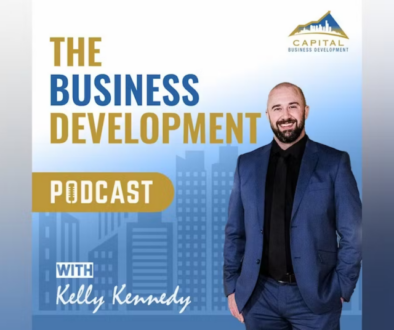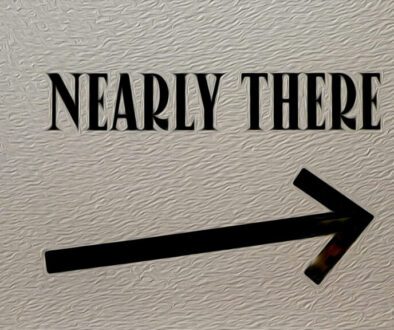I’ve got a favorite tool I use when offering career coaching advice. I tell the person I’m mentoring to write down every job they’ve ever had — including the paper route when they were 12 — then write down everything they both loved and hated about that job. It’s amazing what kinds of memories thinking about some of those long-ago days can dredge up. Once they’ve completed the task, I ask them to look for commonalities what they liked and what they disliked. Oftentimes a pattern will appear, and it’s with those patterns I suggest they set a direction for themselves.
This practice can be useful for anyone in a company as well. At the leadership level, this will be more of a high-level exercise. Your timeline will be about successes and failures with projects or products. The list will look something like this for a project:
- Project length
- Cohesion of team
- Effectiveness of team
- Project highlights
- Project lowlights
- Revenue goals met
Product lists will look like this:
- Product lifespan
- Product-market fit
- Number of releases/redesigns
- Cohesion of team
- Best product features
- Worst product features
If you played a role in the project, your insights will be more in-depth. Where an executive may need to do some research to remind themselves of the more data-based aspects of the project, a lot of these memories may be fresher and easy to call up in your head.
For a project:
- Management of project (including hitting deadlines)
- Client interactions
- Clarity of goals
- Team cohesion
- Clarity of your role
- Support for your role
- Success of project
For a product:
- Product-market fit
- Release/redesign frequency
- Clarity of product cycles/sprints
- Cohesion of team
- Quality of your contribution
- Clarity of your role
- Best product features
- Worst product features
Be honest about this process. You’re not sharing this list with anyone (at least a first draft) so you don’t have to hold back. Swear, trash that terrible project manager, bash the poor market research. But also celebrate the wins.
Once you’ve mapped out all of the projects, find those commonalities on both the positive and negative side. You may find you actually prefer project management to your current role. Or that a certain combination of team members works better than others. Or that the reason you’re frustrated when you get home from work every day is that nobody listens to your ideas. (If that’s the issue, you may want to take a step back and ask if it’s you or them, and make your own changes accordingly).
Once you have an idea of these pluses and minuses, pull together a document that highlights each that you do want to present. If you’re on the leadership team, this can help set a path toward positive change in the organization with concrete points for getting the process going. If you’re part of the team getting the day-to-day work done, present your document as a way for you to contribute to the continued success of the company—not as a list of grievances.
Of course, this is the easy part. Effecting actual change is a long, hard process. You’re at the beginning, but if you know what you’re aiming for you will be a lot more likely to successfully get to the finish.
Joel Magalnick is the lead Redesigner at North Then West.



